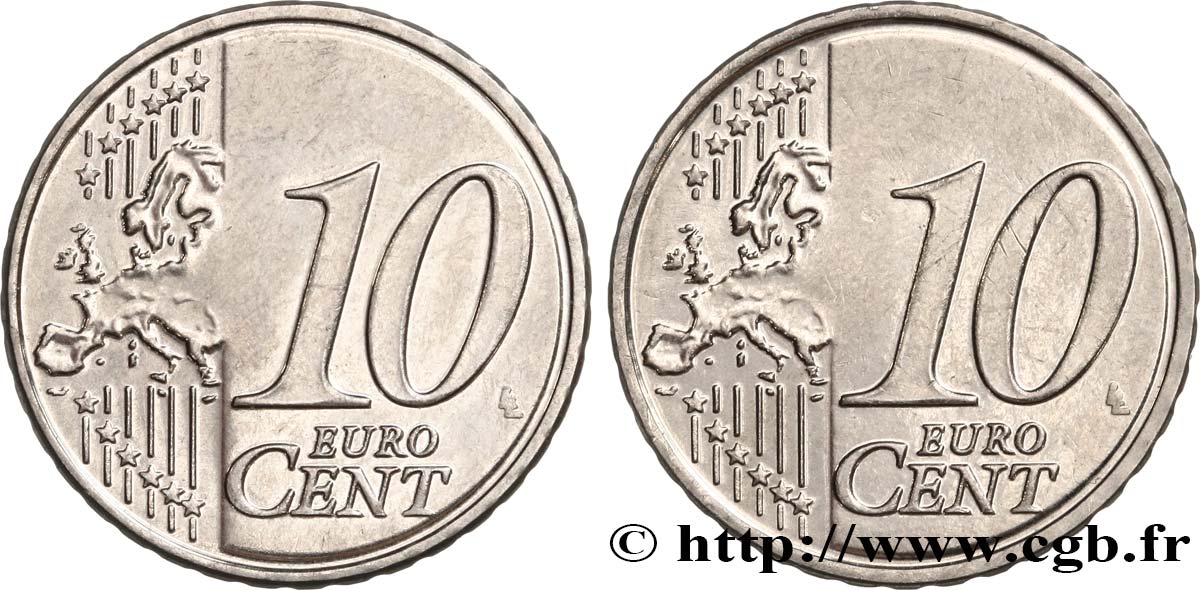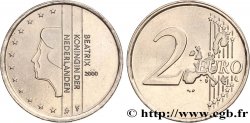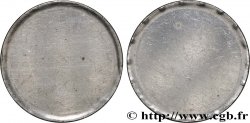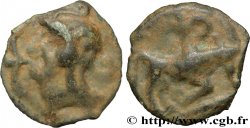Live auction - feu_522171 - EUROPEAN CENTRAL BANK Essai 10 Cent Euro double face commune, frappe monnaie sur flan blanc n.d
Devi Sign-in ed essere un offerente approvato fare un'offerta, Login per fare offerte. Conti sono soggetti ad approvazione e di approvazione sono raggiunti entro 48 ore. Non aspettare fino al giorno di una vendita si chiude per registrarti.Confermando la tua offerta su questo oggetto ti impegni ad un contratto legalmente vincolante per l'acquisto di questo prodotto e fare clic su «offerta» costituisce accettazione dei termini di utilizzo de live auctions cgb.fr.
Offerta deve essere collocato in euro gli importi interi vendita only.The si chiuderà al momento sulla descrizione dell'oggetto, eventuali offerte pervenute al sito dopo l'orario di chiusura non verranno eseguite. Volte transmition possono variare e le offerte potrebbero essere respinto se si attende per gli ultimi secondi. Per ulteriori informazioni ckeck le FAQ Live auction.
Le offerte vincenti saranno sottomesse ai 18% per spese di compartecipazione alla vendita.
Le offerte vincenti saranno sottomesse ai 18% per spese di compartecipazione alla vendita.
| Valutazione : | 1 500 € |
| Prezzo : | no offerta |
| Offerta maxima : | no offerta |
| Data di fine vendita : | 05 marzo 2019 19:29:19 |
Tipo : Essai 10 Cent Euro double face commune, frappe monnaie sur flan blanc
Data: n.d
Quantità coniata : nc
Metallo : metallo bianco
Diametro : 19,5 mm
Asse di coniazione : 6 h.
Peso : 3,88 g.
Orlo : larges cannelures
Grado di rarità : R3
Diritto
Rovescio
Commento
Étonnant exemplaire d’essai de 10 Cent Euro avec la nouvelle face commune adoptée en 2006. En effet en 2006 un nouveau revers fut adopté pour les monnaies Euro. La carte de l’Europe au revers des Euros fut élargie pour faire apparaître les nouveaux États-membres.
Cette pièce est donc un essai en double face et sur un flan non conforme datant certainement de 2005. La signature LL (du graveur Luc Luycx) semble légèrement plus large que sur le visuel finalement adopté.
Autres particularités : le métal non conforme (alliage blanc magnétique) alors que les 10 Cent Euro sont en cupro-aluminium nordique et frappe monnaie alors que les Euros sont tous émis en frappe médaille.
Différents ateliers de frappe ont participé aux tests suite à l’adoption de la nouvelle carte commune. Il est probable qu'il ai été frappé en Allemagne. Un exemplaire identique y fut retrouvé mais l’état de nos connaissances actuelles nous ne permet pas de connaître l’atelier de frappe précis.
Amazing test example of 10 Cent Euro with the new common face adopted in 2006. Indeed in 2006 a new reverse was adopted for Euro coins. The map of Europe on the reverse of the Euros was enlarged to show the new member states. This coin is therefore a double-sided test and on a non-compliant flan certainly dating from 2005. The LL signature (by the engraver Luc Luycx) seems slightly larger than on the visual finally adopted. Other particularities: the non-compliant metal (magnetic white alloy) while the 10 Cent Euro are made of Nordic copper-aluminum and struck as coins while the Euros are all issued in medal strike. Different mints participated in the tests following the adoption of the new common map. It is likely that it was struck in Germany. An identical example was found there but the state of our current knowledge does not allow us to know the precise mint
Cette pièce est donc un essai en double face et sur un flan non conforme datant certainement de 2005. La signature LL (du graveur Luc Luycx) semble légèrement plus large que sur le visuel finalement adopté.
Autres particularités : le métal non conforme (alliage blanc magnétique) alors que les 10 Cent Euro sont en cupro-aluminium nordique et frappe monnaie alors que les Euros sont tous émis en frappe médaille.
Différents ateliers de frappe ont participé aux tests suite à l’adoption de la nouvelle carte commune. Il est probable qu'il ai été frappé en Allemagne. Un exemplaire identique y fut retrouvé mais l’état de nos connaissances actuelles nous ne permet pas de connaître l’atelier de frappe précis.
Amazing test example of 10 Cent Euro with the new common face adopted in 2006. Indeed in 2006 a new reverse was adopted for Euro coins. The map of Europe on the reverse of the Euros was enlarged to show the new member states. This coin is therefore a double-sided test and on a non-compliant flan certainly dating from 2005. The LL signature (by the engraver Luc Luycx) seems slightly larger than on the visual finally adopted. Other particularities: the non-compliant metal (magnetic white alloy) while the 10 Cent Euro are made of Nordic copper-aluminum and struck as coins while the Euros are all issued in medal strike. Different mints participated in the tests following the adoption of the new common map. It is likely that it was struck in Germany. An identical example was found there but the state of our current knowledge does not allow us to know the precise mint








 Segnalare un errore
Segnalare un errore Stampate la pagina
Stampate la pagina Condividi mia selezione
Condividi mia selezione Fai una domanda
Fai una domanda Consegnare / vendere
Consegnare / vendere
 Descrittivo
Descrittivo












